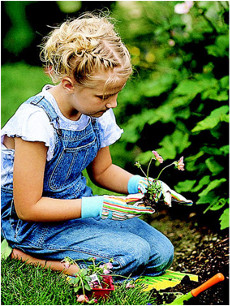Boost for the Brain? Bacopa monnieri
/Bacopa monniera (Brahmi, water hyssop) is an Ayurvedic botanical medicine used to enhance learning, memory and attention span. It has been used for centuries in India as a treatment for epilepsy, insomnia, anxiety, and disorders of memory and attention. Brahmi has not been as widely researched in modern scientific studies as have other Ayurvedic treatments. Through case studies and long-standing Ayurvedic and naturopathic approaches, it's worth noting that scientists are now interested in Brahmi as a therapeutic intervention for ADHD, Alzheimer's Disease (AD) and age-related memory loss.
How Does It Work?
The way medications work, especially those that affect brain function, aren't always fully understood by doctors. Brahmi is believed to have an effect on certain brain substances called neurotransmitters, which are involved in thinking, learning, mood, and memory. Some research suggests that Brahmi may have a protective effect on the cells, keeping them from either failing to function properly or helping them resist damage that can occur from infection, toxins, and the aging process. A few clinical studies with healthy adult participants showed an improvement in their ability to retain new information over a period of time. Improvements in memory have also been seen in children from a rural Indian village. Further studies, including long-term studies, are necessary to fully understand these effects in adults, young people, and for various health concerns.
Precautions
Be careful not to confuse Brahmi (Bacopa monnieri) with other natural medicines that go by the same name. It may interact with other medications. Consult Dr. Bossio to determine if Brahmi is appropriate for you, especially if you are pregnant, nursing or recovering from surgery or illness.
Image Attribution: inarik/bigstockphoto.com
References



